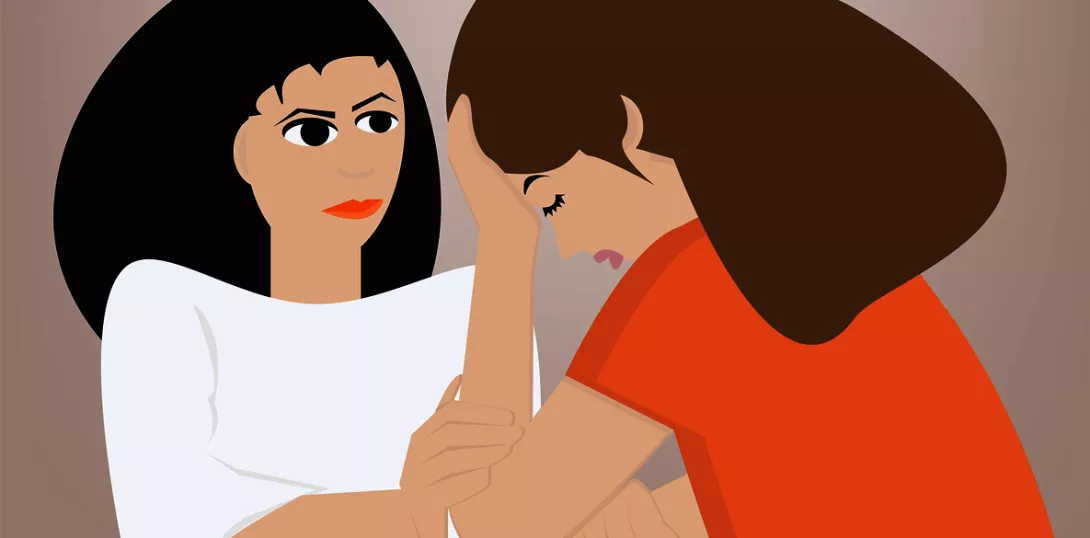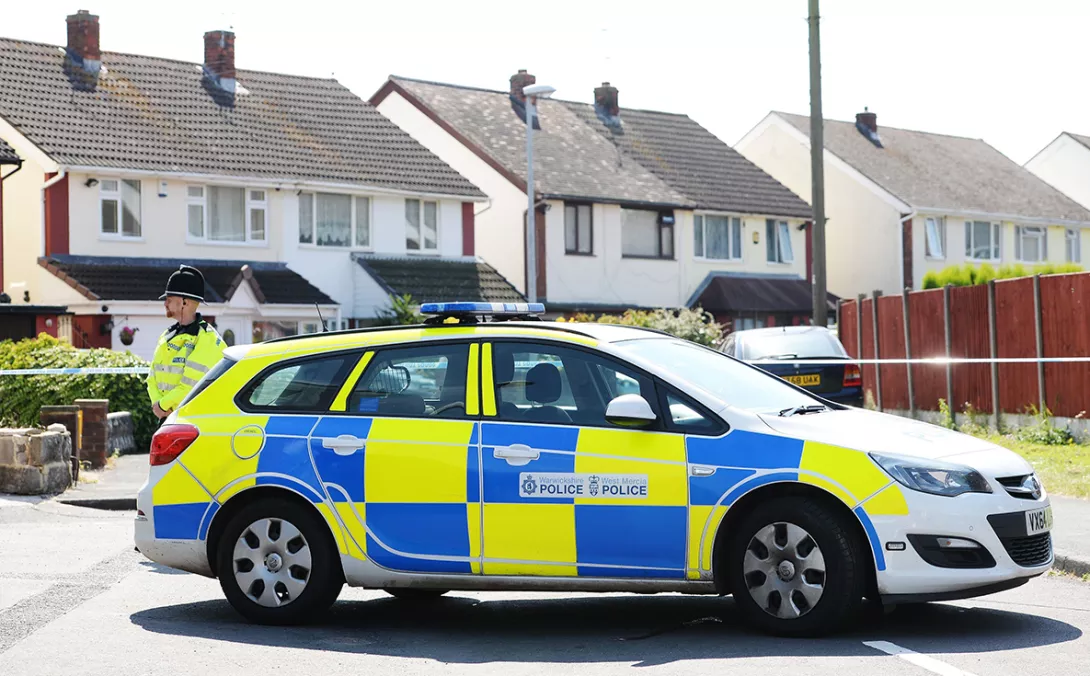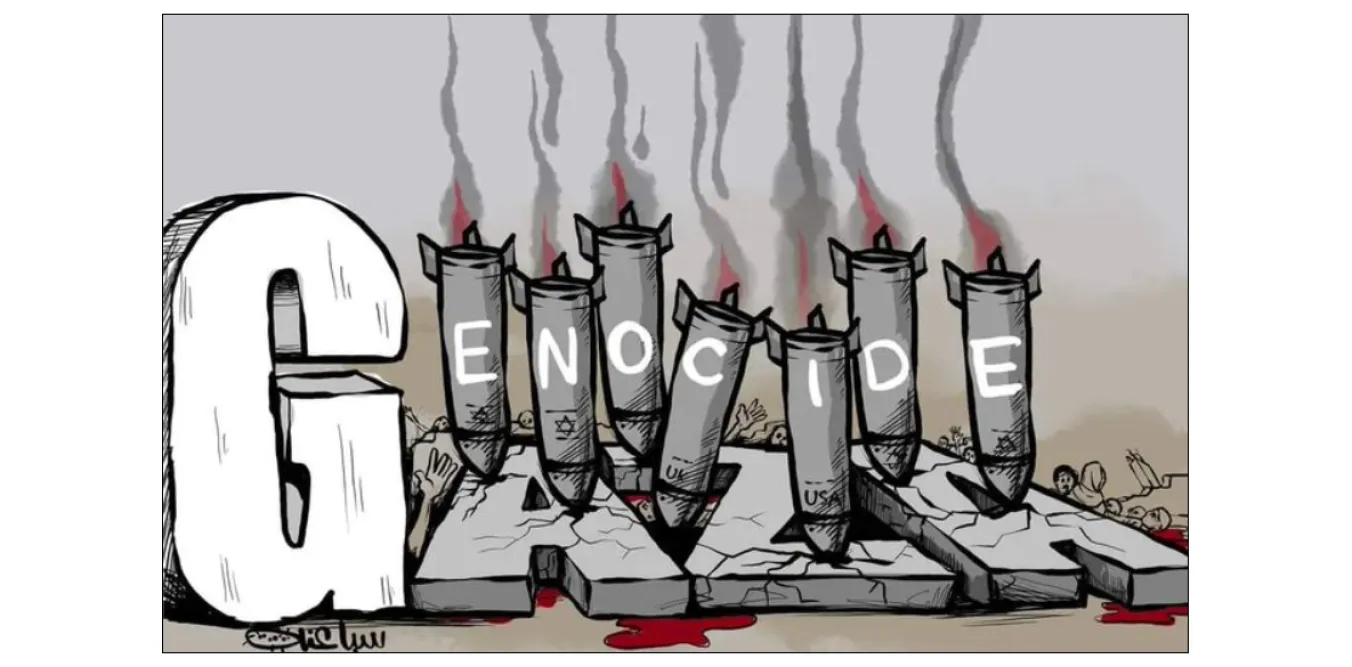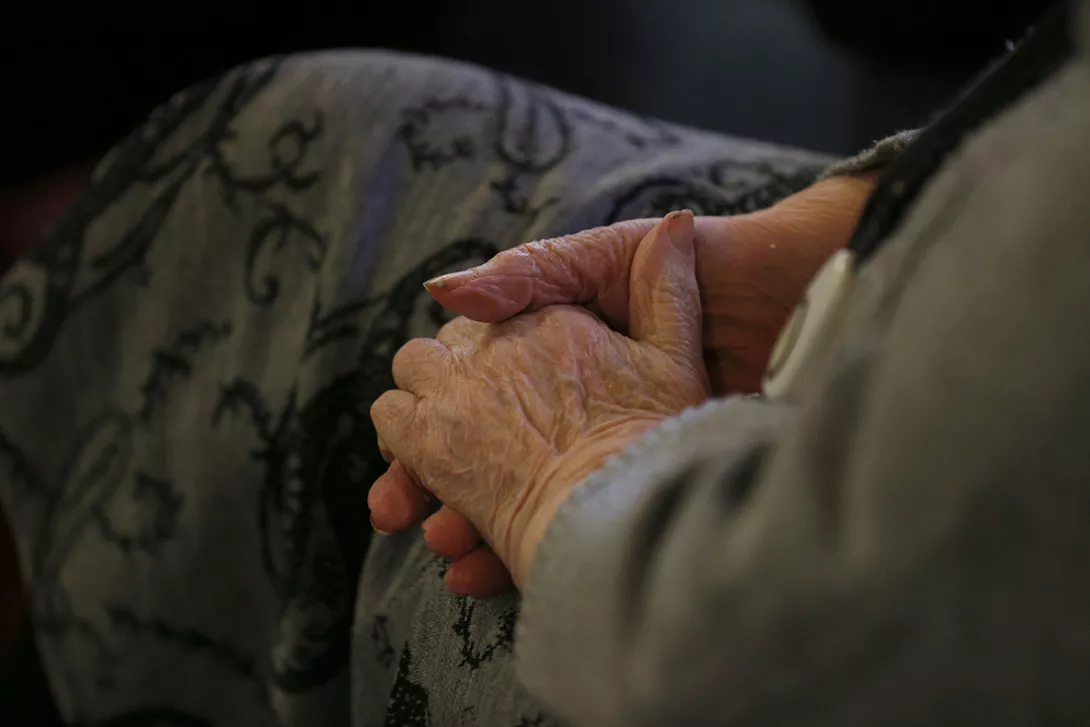The proxy war in Ukraine is heading to a denouement with the US and Russia dividing the spoils while the European powers stand bewildered by events they have been wilfully blind to, says KEVIN OVENDEN
Alternatives to ‘community-care’
Could the overstretched system for mental health service users be supplemented by day centres? RUTH HUNT considers the options

AS WE tentatively move away from the pandemic, we can see what is left is a mental health crisis of proportions we haven’t seen before.
Chronic underfunding and a lack of resources existed before the pandemic, but now with these additional people needing help it is an emergency.
Many believe the answers to this are in the community, but with the safety net eroded and a lack of facilities, how can that be?
More from this author

PROFESSOR LINDA GASK spoke to Ruth Hunt from her home in Orkney about her new book, Out of Her Mind: How We Are Failing Women’s Mental Health and What Must Change

RUTH F HUNT recommends a collection of short stories that transform poverty into something that’s often tender and profound

As concerns are being expressed about police involvement in drawing up and delivering mental health crisis plans, RUTH HUNT looks at the troubling facts

Chronic-pain patients are worried about new guidelines that are re-categorising their conditions and potentially limiting their access to vital treatments, reports RUTH HUNT
Similar stories

Behind the Samaritans’ promise to always listen, callers face secret restrictions and automated blocks while the charity admits setting limits without clearly warning ‘frequent’ users they risk getting cut off — or why, writes RUTH HUNT

AMY MAZOWITA draws attention to artists who are using social media-based comics to process emotion, show solidarity and disseminate knowledge

Unison has found that millions of pounds that should be invested in vital care services are being siphoned off by private equity groups — this has to end, warns JESS TURNER

Frontline mental health social workers begin another three weeks of strike action









